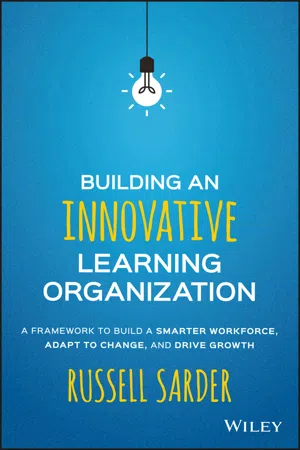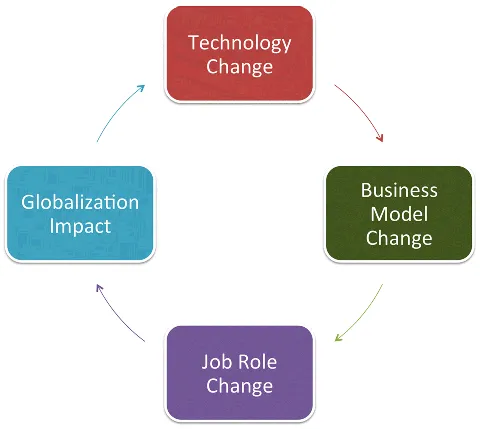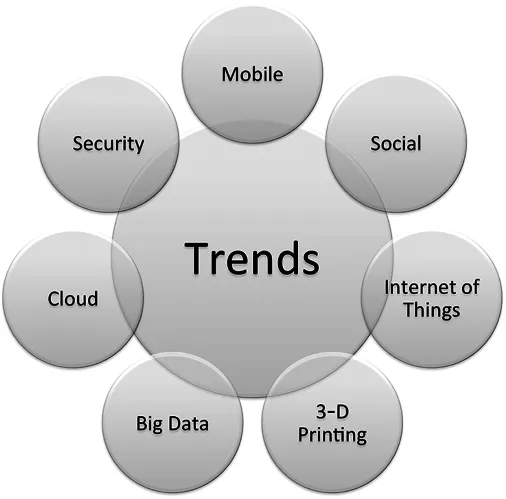
Building an Innovative Learning Organization
A Framework to Build a Smarter Workforce, Adapt to Change, and Drive Growth
- English
- ePUB (mobile friendly)
- Available on iOS & Android
Building an Innovative Learning Organization
A Framework to Build a Smarter Workforce, Adapt to Change, and Drive Growth
About This Book
Institute a culture of learning to boost organizational performance and agility
What makes organizations successful? Today, most successful companies are learning organizations. Building an Innovative Learning Organization shows you how to join their ranks and bring your organization up to the head of the class. This book is a practical, actionable guide on how to boost performance, successfully manage change, and innovate more quickly. Learning organizations are composed of engaged, motivated employees who continually seek improvement, which leads to organizational agility and the ability to innovate ahead of the curve. When you encourage learning at every level, from the intern to the C suite, you gain a more highly skilled workforce with a greater ability to act in any situation.
Building an Innovative Learning Organization shows you how to create this culture in your organization, with detailed explanations, practical examples, and step-by-step instructions so you can get started right away. Written by a recognized thought leader in the training industry, this informative and insightful guide is your roadmap to a more effective organization. You will discover how to:
- Attract, retain, and motivate the best employees
- Become a more innovative and agile organization
- Create a culture of continuous self-improvement
- Encourage learning at all levels and translate it into action
Learning and education doesn't end at graduation—it's a lifelong process that keeps you relevant, informed, and better able to achieve your goals. These same benefits apply at the organizational level, making the culture self-sustaining: learning organizations attract top workers, who drive the organization forward, which attracts more top workers. If you want the best people, you have to be their best option. Building an Innovative Learning Organization gives you a blueprint for building a culture of learning, for a stronger, more robust organization.
Frequently asked questions
Chapter 1
Why Become a Learning Organization?
With tougher competition, technology advances, and shifting customer preferences, it's more crucial than ever that companies become learning organizations. In a learning organization, employees continually create, acquire, and transfer knowledge—helping their company adapt to the unpredictable faster than rivals can.1—David Garvin

Changes in Technology
Information technology and business are becoming inextricably interwoven. I don't think anybody can talk meaningfully about one without…talking about the other.3—Bill Gates

Mobile
Social
The Internet of Things
Table of contents
- Cover
- Praise for Building an Innovative Learning Organization
- Title Page
- Copyright
- Dedication
- Preface
- Chapter 1: Why Become a Learning Organization?
- Chapter 2: Building a Learning Culture
- Chapter 3: Developing a Learning Plan
- Chapter 4: Setting Learning Goals
- Chapter 5: Creating Competency Models
- Chapter 6: Selecting the Right Learning Methods
- Chapter 7: Assessing the Results of Your Learning Plan
- Chapter 8: Managing Your Organization's Learning Operation
- Chapter 9: Call to Action!
- Learning from Experts: Excerpts from Sarder TV Interviews
- Partial List of Chief Executive Officers, Chief Learning Officers, Chief Information Officers, Authors, and Thought Leaders Interviewed by Sarder TV
- References and Resources
- Acknowledgments
- About the Author
- Index
- End User License Agreement